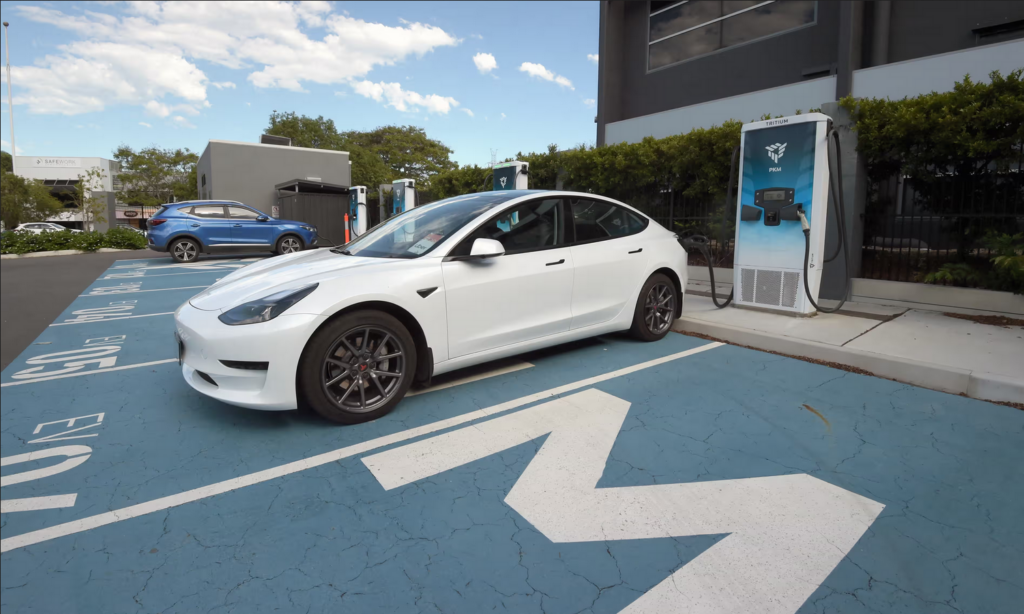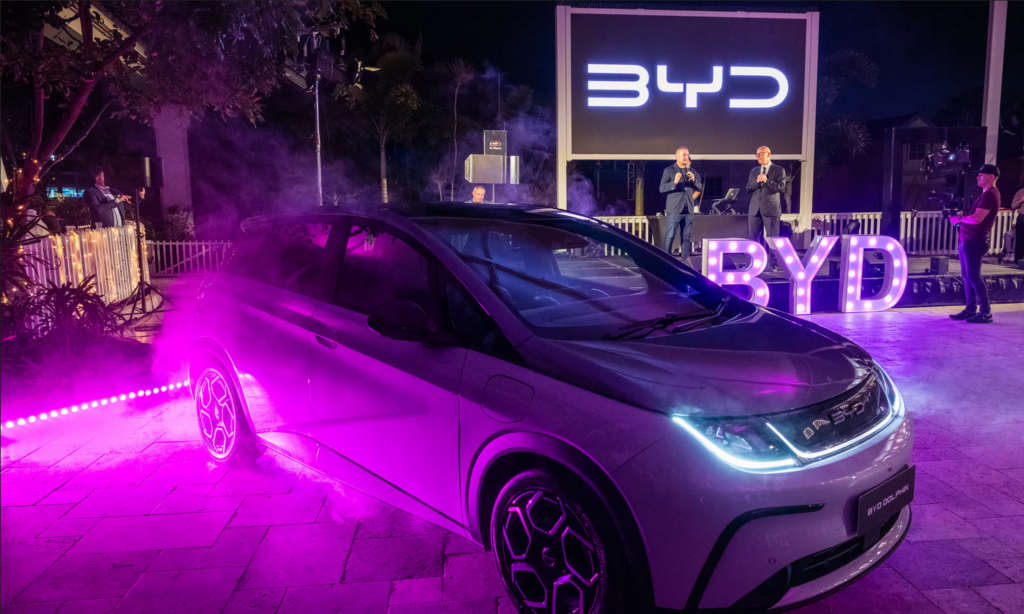The Albanese administration’s introduction of fuel efficiency standards has positioned electric vehicle (EV) suppliers at the forefront of the automotive market. An industry association has projected that by 2029, EVs will constitute half of all new vehicle sales, reaching 100% by 2035, following the government’s trajectory.

Chris Bowen, the energy minister, alongside Catherine King, the infrastructure minister, unveiled the strategy’s details for public consultation on a recent Sunday. They highlighted that by adopting more fuel-efficient models, Australian motorists could see annual savings of up to $1,000 by 2028. This initiative comes because Australia’s new passenger vehicles consume 40% more fuel than those in the European Union and 20% more than their counterparts in the US. The plan aims to align Australia’s fuel efficiency with that of the US, considering the similarities in driving patterns between the two countries.
The proposal has been warmly received by the Electric Vehicle Council and its chief executive, Behyad Jafari, who remarked, “We’re pretty pleased with where they’ve landed.” The council reported a consecutive tripling in EV sales over the past three years, achieving an 8.4% market share in 2023, with aspirations for further growth.
An anonymous industry expert praised the government’s efforts, describing the plan as “as ambitious as we’d hoped.” Notably, Australia stands out as the sole OECD country, aside from Russia, lacking energy efficiency standards for new vehicles. The government sought public input through a consultation paper issued in April 2023, with plans to legislate the scheme by the following January.
The scheme may create a carbon credit market, benefiting EV manufacturers like China’s BYD and Tesla in the US. These companies could sell credits to traditional automakers, such as Japan’s Toyota or Isuzu, which are challenged by the transition to low-emission vehicles.

Matt Hobbs, CEO of the Motor Trades Association of Australia, acknowledged the beneficial role of a carbon price in the transition but emphasized the need for additional measures to meet the government’s objectives. He noted the aggressive pace of the proposed transition, stating, “Fifty per cent of the market will have to be EVs by 2029 to hit these targets,” implying a complete shift to EVs by 2035.
However, the government has not proposed new incentives for transitioning away from vehicles with internal combustion engines. This contrasts with the US, which offers substantial federal and state subsidies for EV purchases.
Hobbs urged the government to disclose the modelling behind the anticipated $1,000 annual savings for motorists. He pointed out that various factors, including vehicle costs, depreciation rates, and fuel prices, could significantly impact savings.
Concerns were also raised about the availability of low-emission vehicles in Australia, particularly for models requiring right-hand drive configurations. Companies like Isuzu, known for their range of higher-emission vehicles, might exit the Australian market due to the new standards.

Australia’s unique design standards, such as specific seatbelt tethers and airbag requirements, could necessitate adjustments for manufacturers already selling more efficient models in other markets.
Bridget McKenzie, the opposition’s transport spokesperson, criticized the government’s savings claims as “an absolute lie,” arguing that the proposed standards would limit vehicle choice and increase prices.
Countering the opposition’s critique, Chris Bowen dismissed it as a continuation of past scare tactics, emphasizing the financial benefits of more efficient vehicles, especially for motorists in rural and regional areas.
Helen Rowe from the Climateworks Centre and Rosie Thomas from Choice highlighted the critical need for fuel efficiency standards in Australia. They stressed that the lack of such standards has restricted access to a wider range of electric vehicles, costing Australian consumers more at the pump and limiting their vehicle choices.







